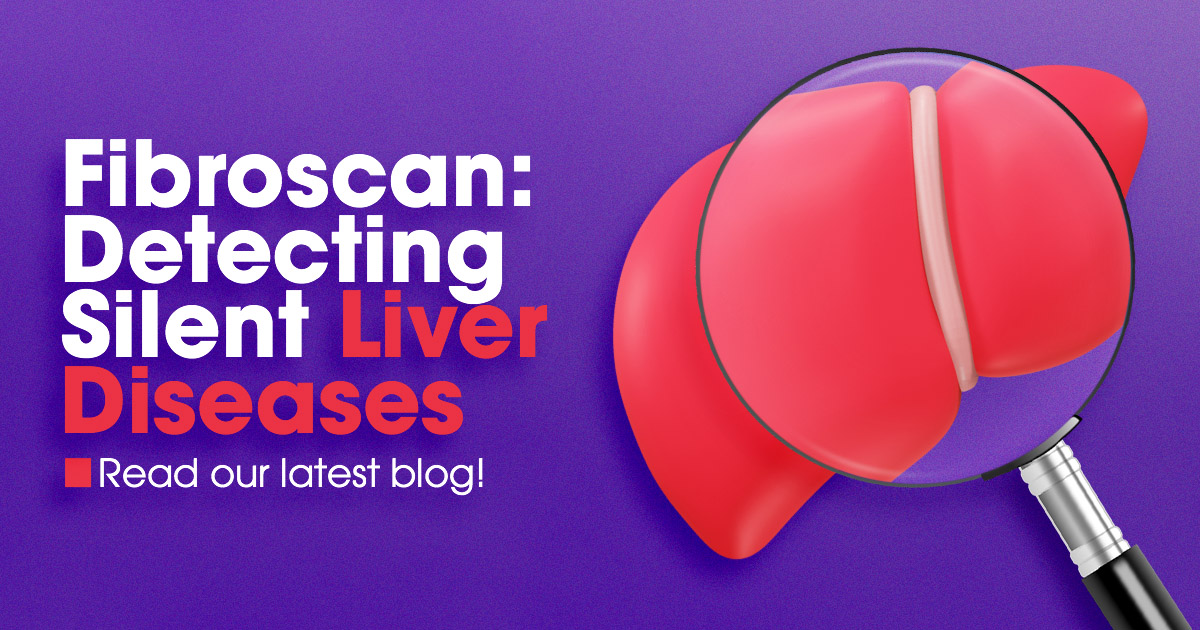Fibroscan is one of the most powerful tools in the management of liver disease. The fibroscan works by emitting a small pulse of energy. The waves move quickly through damaged or stiffer tissues in the liver. The speed is then calculated, and your healthcare provider can determine if further action is needed. The fibroscan results can not only be used in detecting silent liver disease damage but also anticipate complications as well.
Benefits of a Fibroscan
In the past, the liver’s overall health and stiffness were assessed through more invasive biopsies, or pricey MRI’s. With fibroscan, the procedure lasts 10-15 minutes. It is non-invasive and painless, and reduces the need for additional elastography and biopsies. In turn, this saves money and time.
During the fibroscan, you will lay on your back with your right arm raised behind your head. The technicians will apply a gel to your skin and then place the probe on the right side of your ribcage. You may feel a slight, painless vibration on your skin, but it just for a short time.
The Reason a Fibroscan is Needed

Liver disease typically doesn’t show symptoms until it is more advanced. Scarring and cirrhosis of the liver are some of the later stages of liver disease. These change the elasticity of the liver, which is what the fibroscan measures. Not everyone needs a fibroscan, but the following health conditions put you at increased risk of developing fatty liver disease:
- Obesity
- Type 2 diabetes
- Heart disease
- High blood lipid levels
Free Fibroscan at CPMI

If you are in the risk categories for developing NASH (nonalcoholic steatohepatitis), a free liver scan can help with early intervention. If it is determined that you have NAFLD or NASH, you may be eligible to take part in upcoming research studies. To learn more, visit us here.
References:
https://wexnermedical.osu.edu/liver-diseases/fibroscan
https://www.ncbi.nlm.nih.gov/pmc/articles/PMC3594956/
https://www.docpanel.com/blog/post/understanding-your-fibroscan




